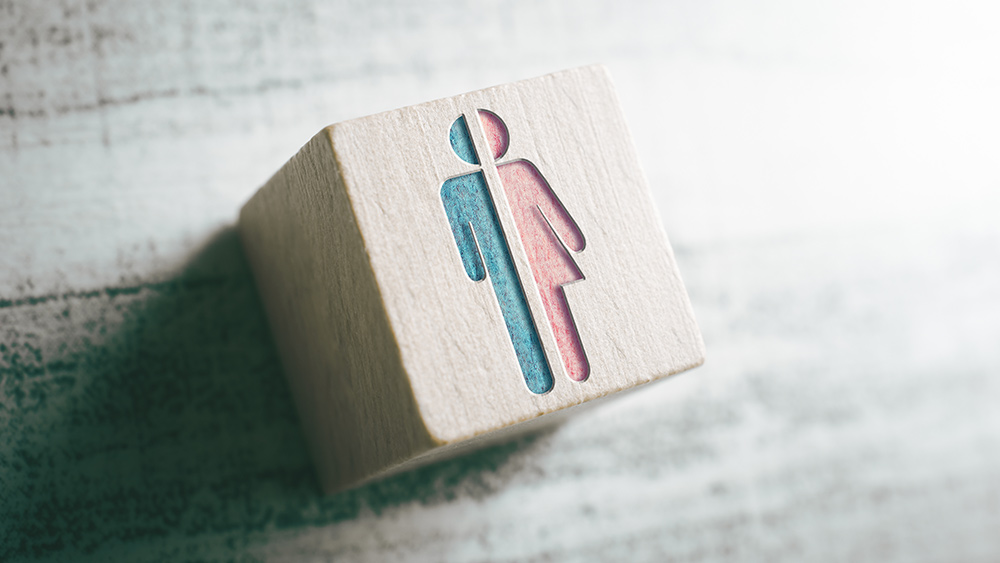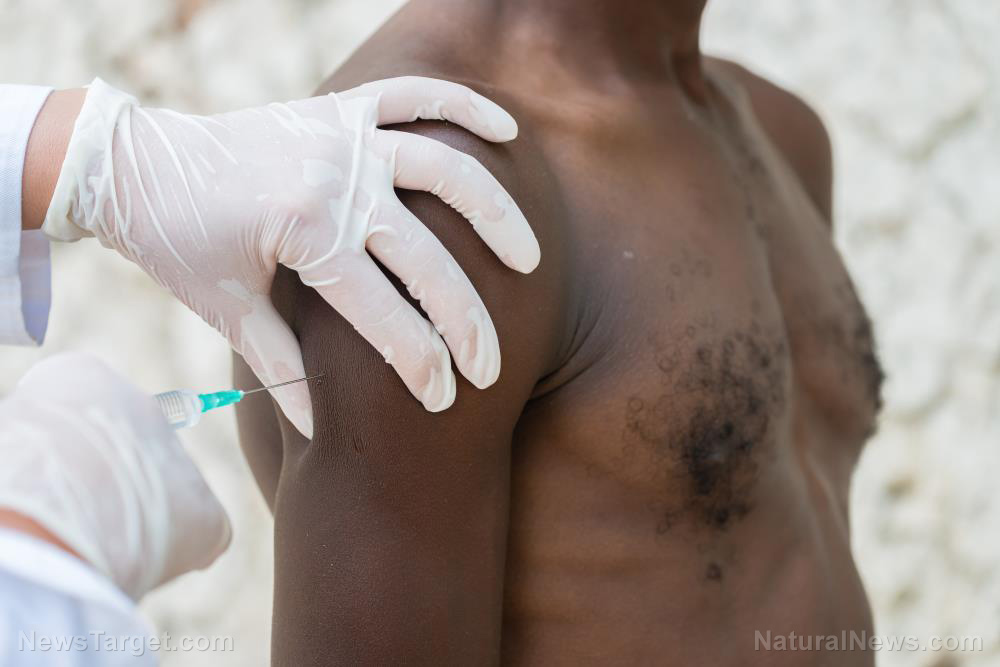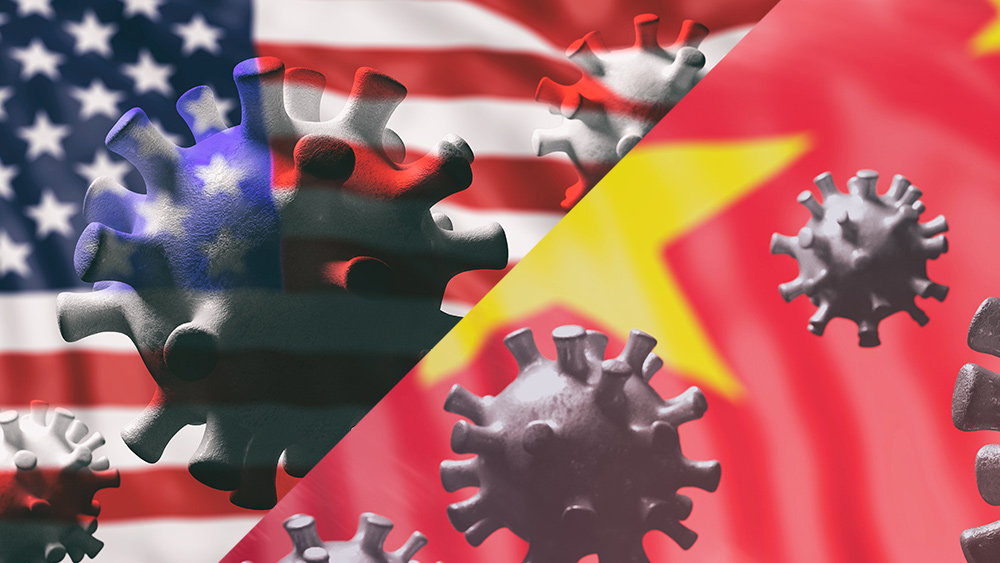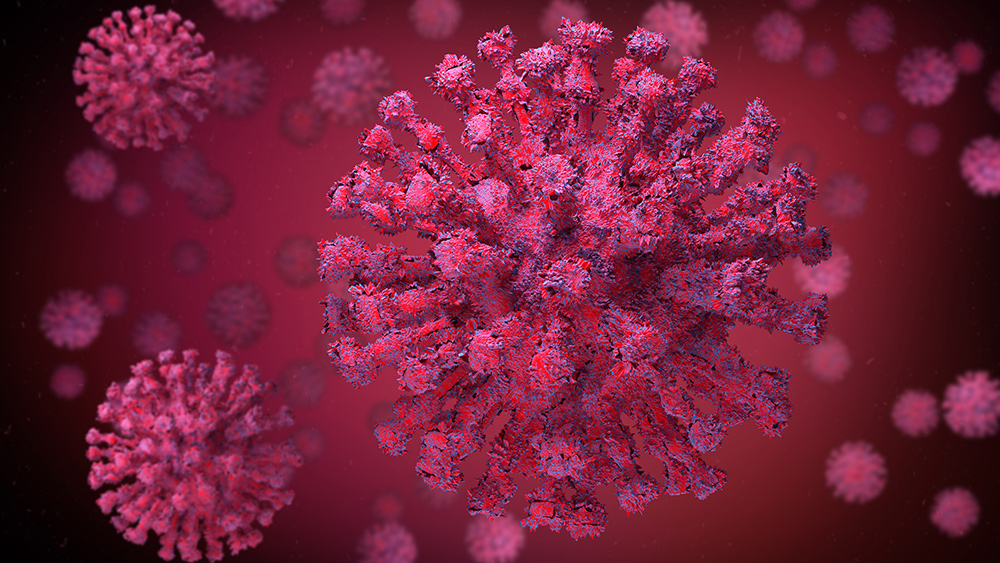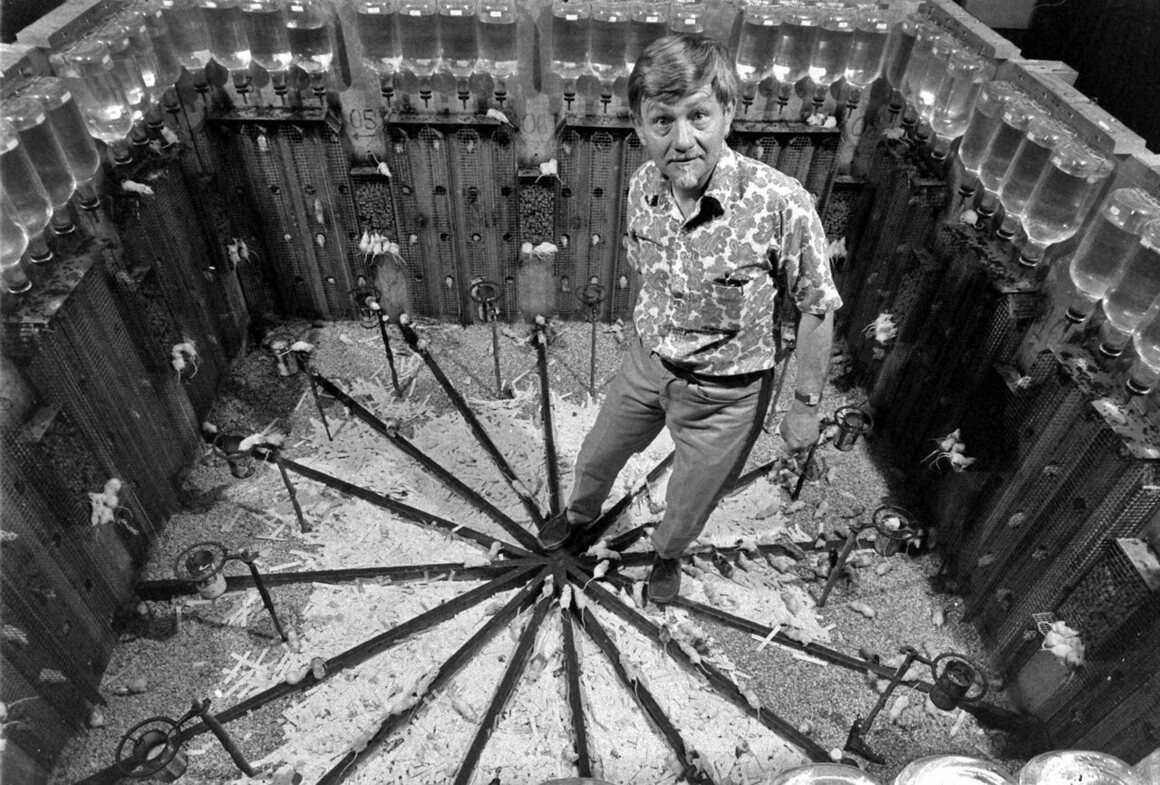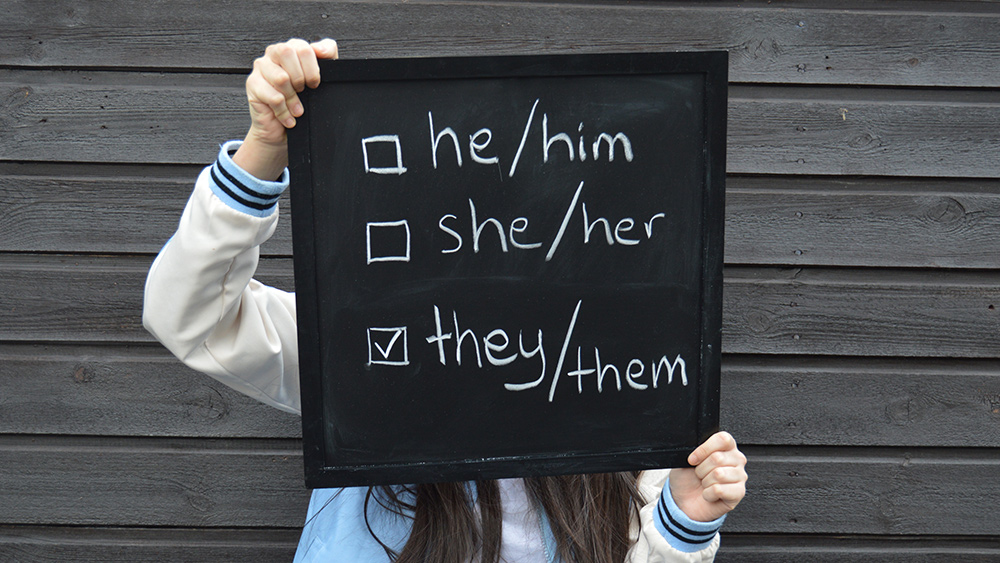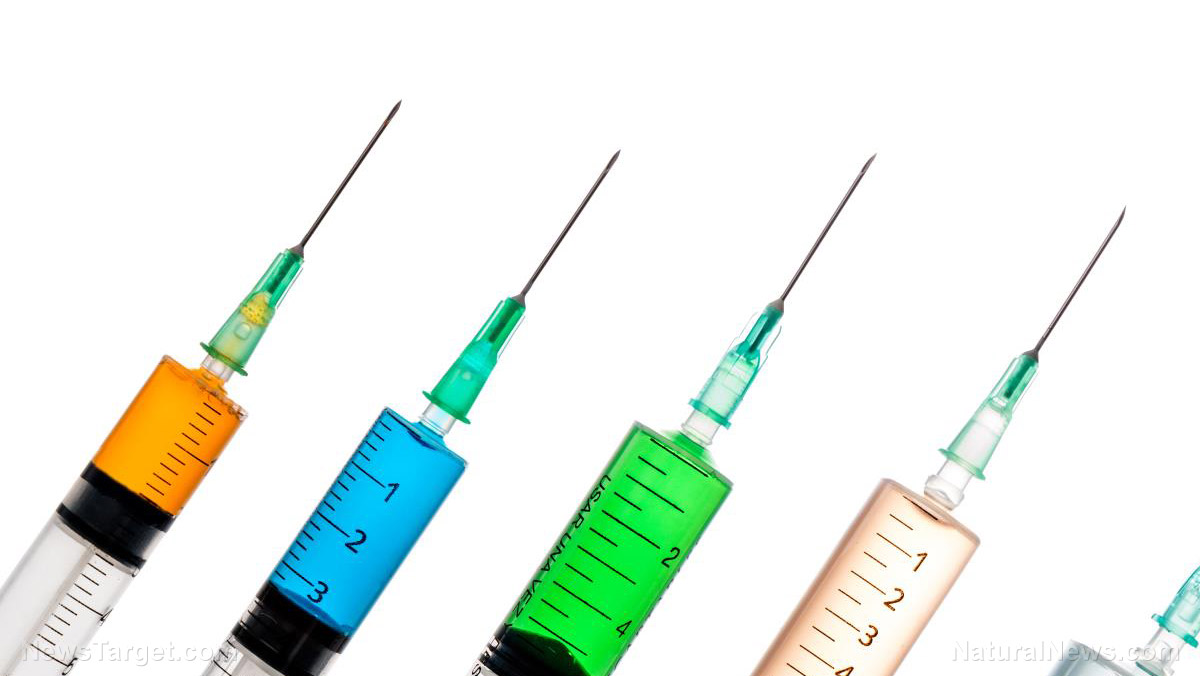China gets a ZERO score for safety standards inside BSL-4 labs
12/13/2022 / By Ramon Tomey

China has received a zero score for biolab safety standards. The score was given by Global Biolabs, a team of biosecurity experts who investigated biosafety level four (BSL-4) laboratories in 27 countries that have them.
The experts gave China the zero rating for dual research, which includes gain-of-function research that seeks to make pathogens deadlier. They zeroed in on the Wuhan Institute of Virology (WIV) – the facility believed to be ground zero for the Wuhan coronavirus (COVID-19) in 2020. The WIV’s BSL-4 facility has been thought to be where the SARS-CoV-2 pathogen leaked from, contrary to reports naming the Huanan Seafood Market as the source.
Many have expressed concerns that the gain-of-function research done in the WIV could trigger another pandemic. Defenders, however, have justified the need for such research as it helps prepare for the potential natural evolution of viruses and bacteria and allows treatments to be developed in advance.
When it comes to overall risk management, China scored a higher 69 percent rating. The bottom two spots for safety in BSL-4 labs were occupied by Saudi Arabia and Gabon. The Middle Eastern country received a six percent rating, while the Central African nation received an eight percent rating.
In contrast, Canada took the top spot for overall BSL-4 safety rating, followed by the United States. France, Australia and the United Kingdom tied for the third spot. For BSL-4 gain-of-function research, the researchers gave Canada an overwhelmingly high rating.
China was not the only country that received a zero percent rating for BSL-4 gain-of-function research, however. Several countries – Spain, Singapore, Saudi Arabia, Russia, Belarus, Gabon and the Philippines – also received zero marks on this aspect.
Report reveals filthy labs in Wuhan
Bolstering China’s zero BSL-4 safety rating for gain-of-function research was a 60-page report compiled by Walden University bacteriologist Yvette Ghannam and anonymous researcher Billy Bostickson, a member of the DRASTIC Collective. The two zoomed in on several laboratories in Wuhan – specifically the WIV, the Wuhan University (WHU) and the Wuhan Institute of Biological Products (WIBP). They discovered filthy facilities in the capital of China’s Hubei province that only reinforced claims of SARS-CoV-2 leaking out of a lab. (Related: Investigation reveals crowded, FILTHY labs in coronavirus epicenter Wuhan.)
Bostickson and Ghannam said in their report that the WIV, first built in 1996, contained more than 3,200 cages of live animals. These included 12 cages each for both ferrets and bats, 126 cages of Japanese white rabbits and 340 cages for rats. The researchers remarked that the WIV captured animals for experimentation – as evidenced by recently released footage of live bats purportedly being kept there.
The report also quoted a 2019 report that scrutinized WHU laboratories. It described rooms filled with “lots of debris,” unsegregated common and experiment areas and students not wearing lab coats. The 2019 analysis also mentioned that WHU laboratories lacked safety and chemical waste facilities. Inspectors who penned the 2019 paper ultimately remarked that the WHU labs were in a “chaotic and crowded state.”
Bostickson and Ghannam’s report further revealed that the WIBP’s sewage and drainage systems were damaged and old – “potentially contaminating local canals and creeks.” A 2019 tender from the China Testing Network, which was quoted in the report, appeared to back up the claim. It said of the WIBP lab: “Some of the equipment and facilities are old, and the instrumentation and control functions … have been damaged, which has greatly affected the normal operation.”
“At least three laboratories were actively involved in studies of bat coronaviruses and/or bat sampling activities without the use of proper [personal protective equipment] in the years leading up to the COVID-19 pandemic,” Bostickson and Ghannam wrote. These labs, they remarked, “are considered potential sources for accidental leaks, whether within the laboratory or during field sampling expeditions.”
Watch Del Bigtree discuss the possible lab origins of COVID-19 on “The HighWire.”
This video is from The HighWire with Del Bigtree channel on Brighteon.com.
More related stories:
Virus expert at Wuhan lab denies COVID-19 lab leak theory.
Video reveals Wuhan laboratory kept bats despite claiming it did not.
Chinese doctor says covid was intentionally released from Wuhan lab.
Same Wuhan lab linked to covid recently tampered with monkeypox strains.
Wuhan lab leak raises safety and security concerns in similar facilities around the world.
Sources include:
Submit a correction >>
Tagged Under:
biological weapons, BSL-4, China, covid-19, dangerous, gain-of-function, Global Biolabs, infections, lab safety, laboratories, outbreak, pandemic, research, safety rating, SARS-CoV-2, Wuhan coronavirus, Wuhan Institute of Virology
This article may contain statements that reflect the opinion of the author
RECENT NEWS & ARTICLES
MedicalExperiments.News is a fact-based public education website published by MedicalExperiments News Features, LLC.
All content copyright © 2019 by MedicalExperiments News Features, LLC.
Contact Us with Tips or Corrections
All trademarks, registered trademarks and servicemarks mentioned on this site are the property of their respective owners.


